The Oldest Fence in New York
Built hundreds of years ago this downtown iron barrier once protected a much despised king.
Most visitors to Bowling Green today come to see Arturo Di Modica’s imposing Charging Bull sculpture. But unnoticed in the background of their photographs is one of New York City’s most enduring and historically important landmarks: its oldest fence.
Made of wrought iron, the historic barrier was installed around Bowling Green in 1771. The history of Bowling Green itself goes back to the beginnings of the New Amsterdam colony. Situated across from the original Dutch fort it was originally used as a cattle market and parade ground, it was located at the foot of the old American Indian path which would eventually become Broadway. On March 12th, 1733 the market place was leased to three gentleman landowners for a sum of one peppercorn a year, and the ground was turned into New York’s first public park. Named Bowling Green for the sporting arena that it contained, it was designed for the “beauty and ornament…as well as for the Recreation and Delight of the inhabitants of this city.”
But the idyllic tranquility of Bowling Green would turn to mob violence in 1776. Six years earlier the British government had installed a giant statue of King George III. Weighing over 4,000 pounds it was built to celebrate the victory over the French in the Seven Years War. As relations between Britain and her colonies steadily deteriorated the statue became a focal point for anti-English protests. To combat the increasing threat of vandalism a wrought iron fence was installed to protect the monarch in 1771. On July 9th, 1776, the Declaration of Independence was read out to Washington’s troops stationed by City Hall. A mob from the Sons of Liberty rushed to Bowling Green and immediately attacked and toppled the statue of George III. Legend has it that the statue was shipped up to a foundry in Connecticut where the likeness of George III was turned into musket balls to be used against his red-coated army. Partial remains of the statue can still be found in the Museum of the City of New York.
Today Bowling Green still holds its place in history as the first public park in the City. Where once King George III looked up towards Broadway as his subjects played the gentle game of Crown Bowls in the park, there is now a fountain. Surrounded by the imposing buildings of the Alexander Hamilton customs house, the old Standard Oil headquarters and the shipping offices of Cunard and the Panama-Pacific Ocean liners, it’s a popular spot for tourists. New York’s oldest fence which once protected a king is still there though, and on closer inspection still bears the scars of that day of violence in 1776. See the fence posts that were once decorated with royal crowns but on July 9th, the Sons of Liberty cut them off and the saw marks are still visible today.




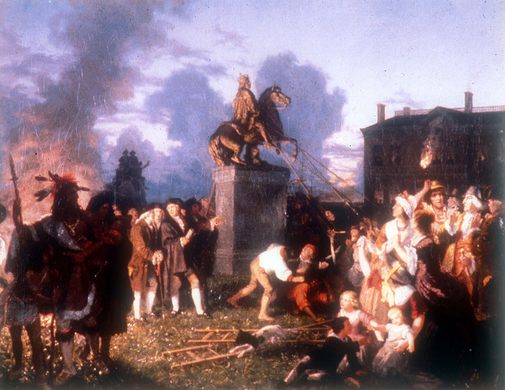






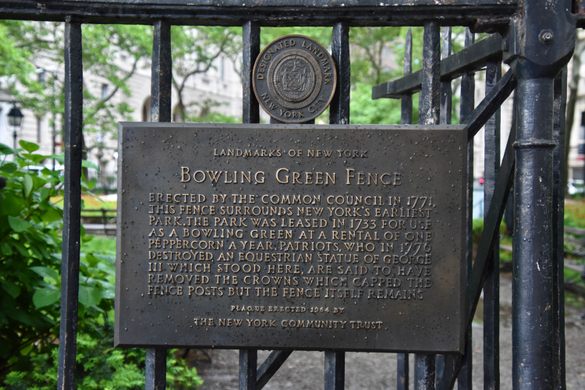
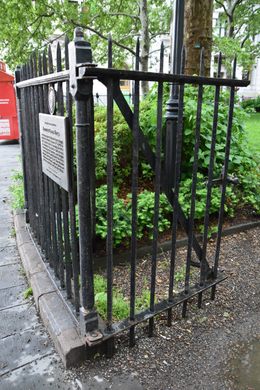


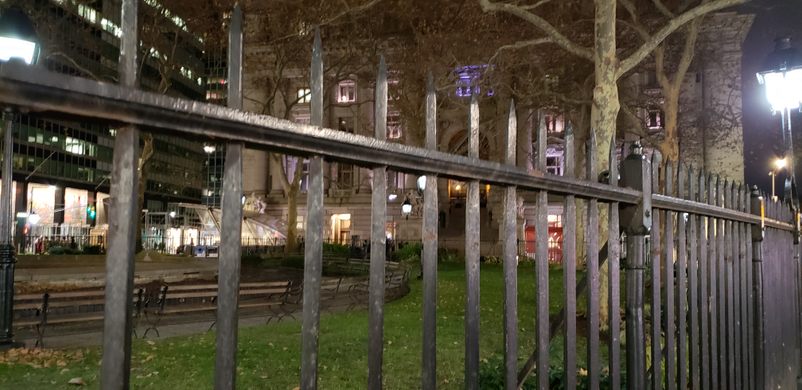









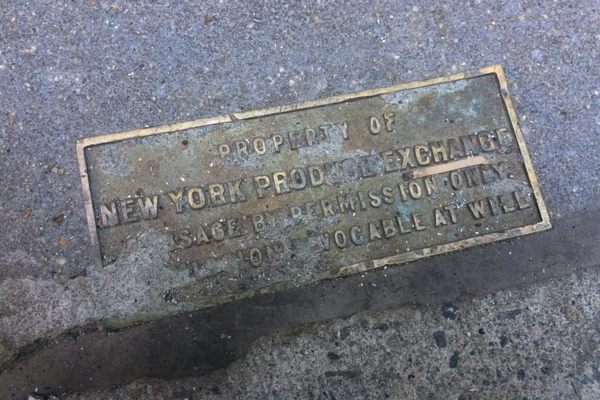
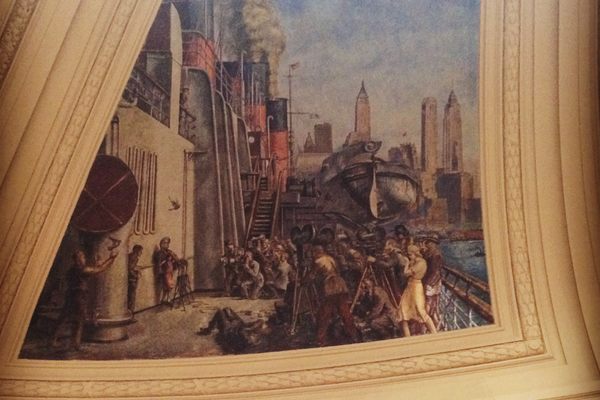

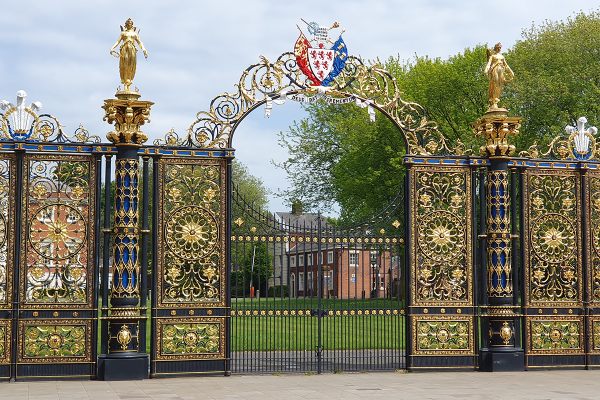



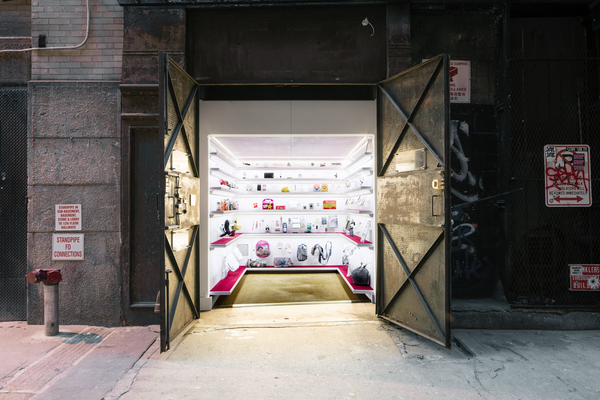

Follow us on Twitter to get the latest on the world's hidden wonders.
Like us on Facebook to get the latest on the world's hidden wonders.
Follow us on Twitter Like us on Facebook